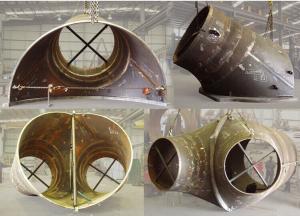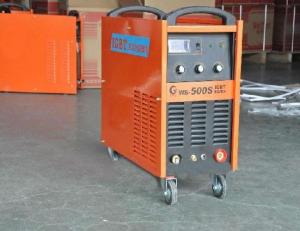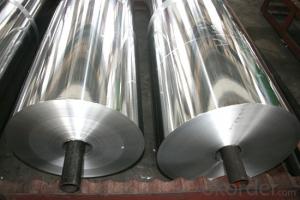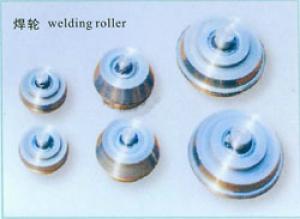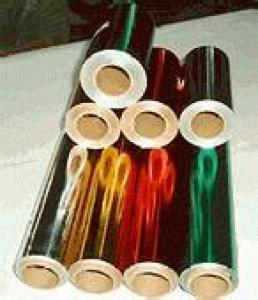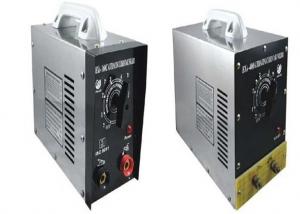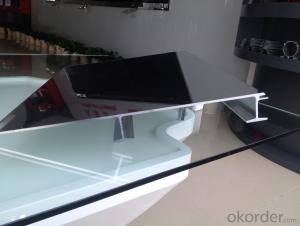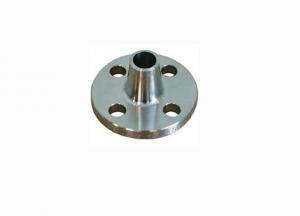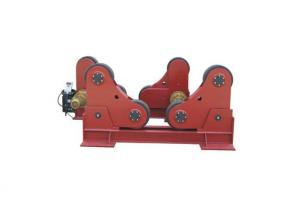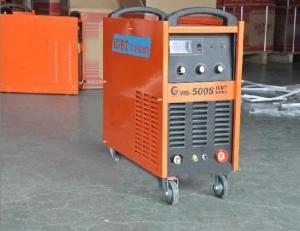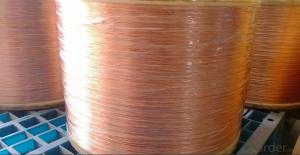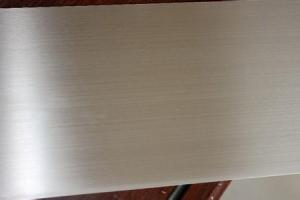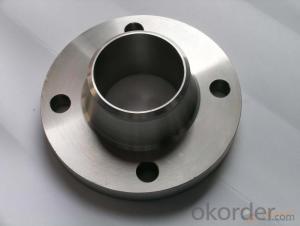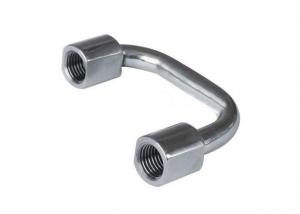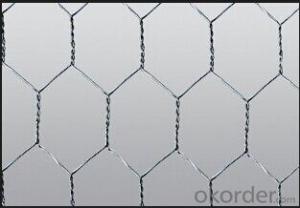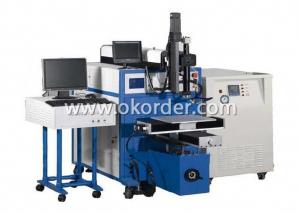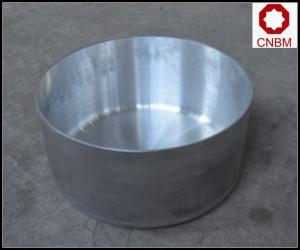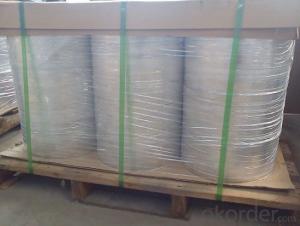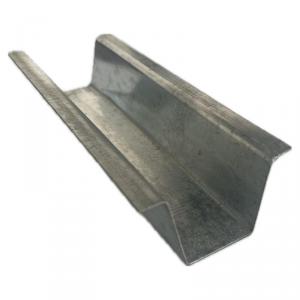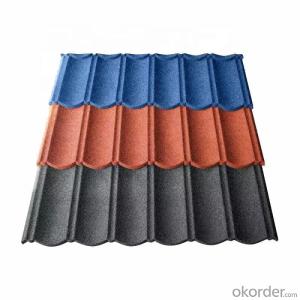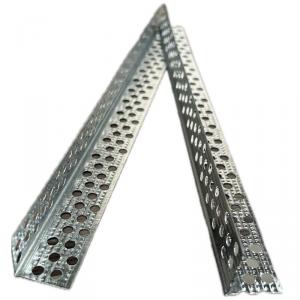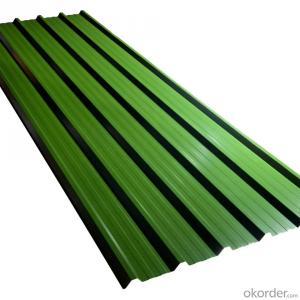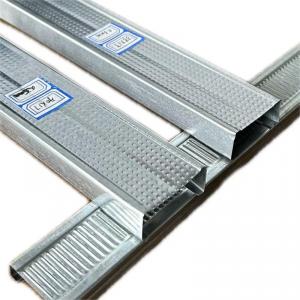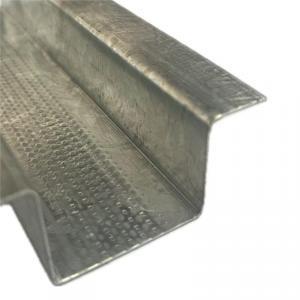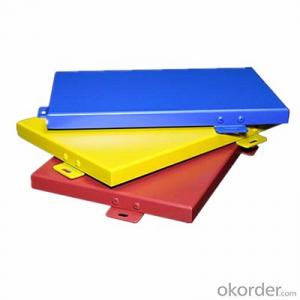Welding Thick Aluminum Plate
Welding Thick Aluminum Plate Related Searches
Welding Aluminum Plate Thick Aluminum Plate Welding Aluminum Diamond Plate Bending Aluminum Plate Thin Aluminum Plate 1 2 Thick Aluminum Plate 1 Thick Aluminum Plate 2 Thick Aluminum Plate Hardened Aluminum Plate Tapping Aluminum Plate Drilling Aluminum Plate Bending Plate Aluminum Forming Aluminum Plate Large Aluminum Plate 1 Inch Thick Aluminum Plate Aluminum Tooling Plate Hard Anodized Aluminum Plate Aluminum Mending Plate 3 4 Thick Aluminum Plate 2 Inch Thick Aluminum Plate 1/2 Thick Aluminum Plate Aluminum Mold Plate Aluminum Thawing Plate 1 8 Thick Aluminum Plate 1 4 Thick Aluminum Plate Thickness Of Aluminum Plate Aluminum Wall Plate Laser Cutting Aluminum Plate Aluminum Plate 1/2 Thick Aluminum Plate 1 Inch ThickWelding Thick Aluminum Plate Supplier & Manufacturer from China
Welding Thick Aluminum Plate is a specialized product designed for joining thick aluminum materials. These plates are engineered to withstand high temperatures and pressures, making them ideal for various industrial applications where durability and strength are paramount. The product is specifically formulated to provide a strong bond between aluminum components, ensuring a secure and long-lasting connection.The application and usage scenarios for Welding Thick Aluminum Plate are vast, as it is commonly utilized in the aerospace, automotive, and construction industries. This product is particularly useful in situations where lightweight, yet robust structures are required, such as in the manufacturing of aircraft components, automotive parts, and architectural elements. The versatility of Welding Thick Aluminum Plate allows it to be employed in both small-scale projects and large-scale industrial applications, making it a popular choice among engineers and manufacturers.
Okorder.com is a leading wholesale supplier of Welding Thick Aluminum Plate, boasting a large inventory to cater to the diverse needs of its customers. The company prides itself on offering high-quality products at competitive prices, ensuring that clients receive the best value for their investment. With a commitment to customer satisfaction, Okorder.com is dedicated to providing exceptional service and support, making it a trusted source for Welding Thick Aluminum Plate and other industrial materials.
Hot Products
